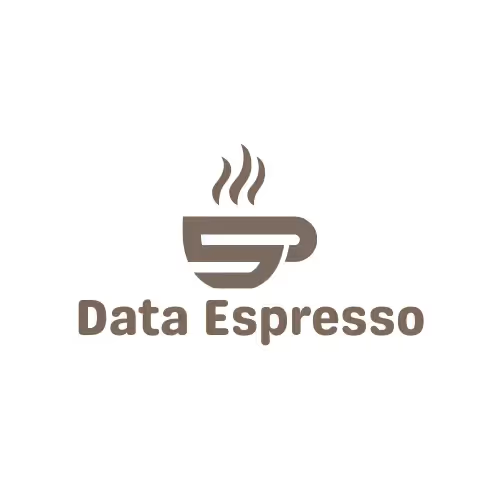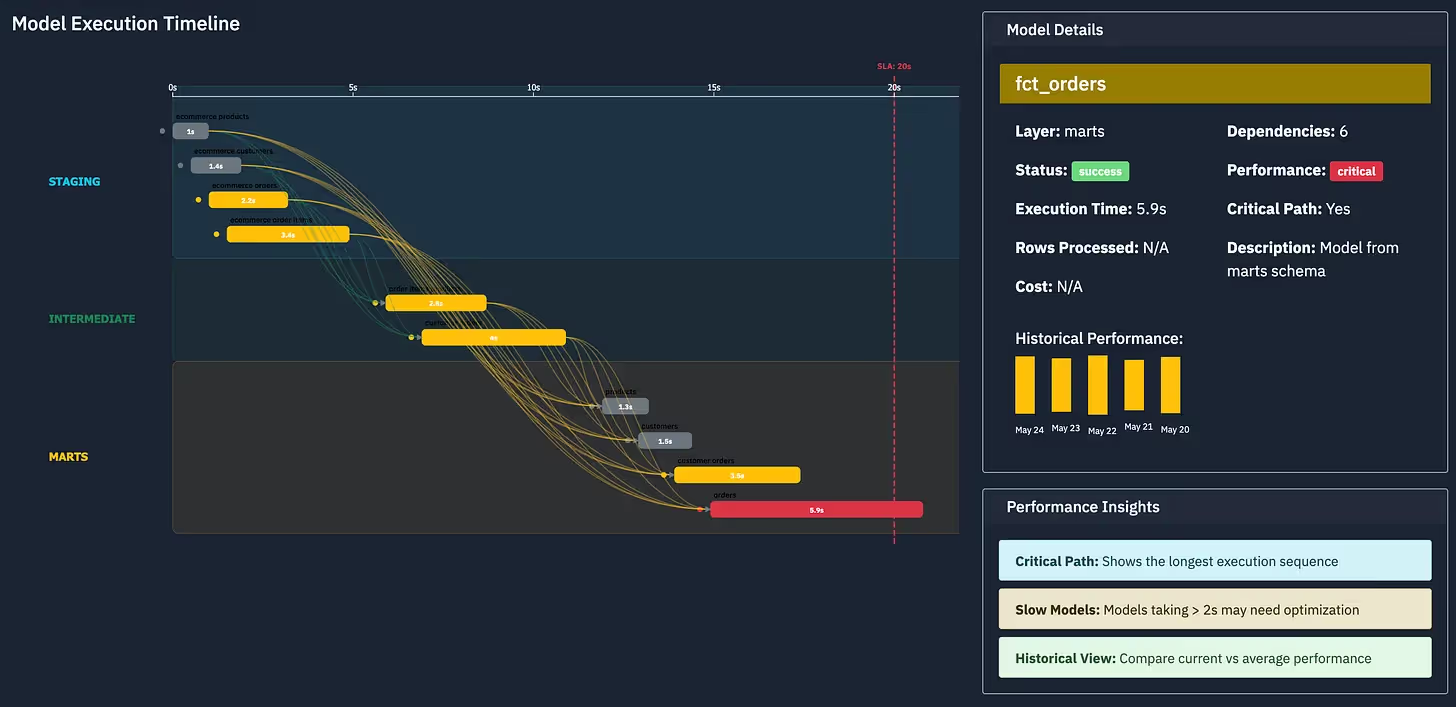Data Modelling for Data Products
Learn how to design business-aligned data models and scalable data products with the right metrics, frameworks, and governance from day one.
Hosted by

What’s What? Data Modelling & Data Products
Understand the concept of data modelling, data products, and in-between enablers.
- Data Modelling: The process of defining the structure, relationships, and constraints of data. Aims to optimise how data is stored and accessed. Can be performed at different levels (conceptual, logical, physical) and using various methods (dimensional data modelling, data vault, etc.)
- Data Product: A reusable, active, and standardised data asset designed to deliver measurable value by applying product thinking principles. It includes one or more artefacts enriched with metadata like governance policies and data contracts.Usually aligned to a specific domain or use case.
--
How to Build Business-Aligned Data Models That Work
Understand how to build data models that are tightly aligned with business reality. From defining meaningful metrics to structuring flexible, domain-driven models, teams want to use.
- Start with the business: Focus on real business needs, not just shifting data around. Anchor your models to actual use cases by collecting input across the org.
- Structure by domain: Organise data into domains that mirror how the business runs, even if the lines get blurry.
- Metrics come first: Defining key metrics early, such as inputs, outputs, and drivers, should come before any technical modelling.
- Model in layers: Begin the modelling process with a broad conceptual model everyone can understand, then drill into domain-specific logical models.
- Own it together: Distribute ownership, but keep it coordinated to avoid a rigid, one-size-fits-all approach.
- Stay adaptable: Data models should evolve as the business does. Don’t default to popular frameworks. Pressure-test them and pivot when needed.
--
What are the Tools & Frameworks Required for Robust Data Modeling
Understand the practical side of data governance: tools and frameworks that help data teams scale with clarity and control.
- Align with metric trees: Start with metric trees, a method to break down North Star metrics into smaller, influenceable components, aligning stakeholders across the business.
- Standardise with the semantic layer: A semantic layer connects those North Star business metrics directly to the data platform - standardising definitions, supporting governance, and optimising queries.
- Modernise dimensional modelling: On the modelling front, it highlights adapting classical dimensional modelling to modern needs, especially with entity-centric models where wide dimension tables become the core.
- Document everything: stress the importance of design docs living documents that capture ownership, inputs, outputs, quality expectations, and reasoning behind key data decisions.
- Build for scale and clarity: Together, these tools & Frameworks create a foundation for scalable, transparent, and well-governed data products.
--
Why Data Products Demand Process, Alignment, and Governance from Day One
Understand why building data products isn't just about pipelines. They are about designing for scale from day one with transparent processes, shared definitions, and governance that doesn't slow you down.
- Data products need structure: Data products are here to stay. And they require more than just good intentions. You need robust, iterative processes that support evolution, cross-team alignment, and business-value focus.
- Bridge business and data: Defining the business through metrics (like metric trees) and operationalising them via semantic layers is key to bridging business and data. There's no one-size-fits-all modelling approach. Tools and techniques should fit your use case and tech stack.
- Governance is non-negotiable: None of these scales is without governance.
- Make documentation and automation core: Documentation and automated controls aren't afterthoughts; they're foundational. Build for change, align early, and govern always.
Who is this course for
01
Data Product Managers
02
Analytics Engineers
03
Data Engineers
What you’ll learn
What’s the difference between a data model and a data product?
A data model defines how data is structured, related, and stored, while a data product is a reusable, business-aligned asset built on those models, enriched with governance, metadata, and clear ownership to deliver measurable value.
How do I ensure my data models align with real business needs?
Start with metrics and business use cases, structure data by domains, and model in layers, keeping models adaptable as the business evolves. Collaboration across teams and shared ownership are critical to alignment.
What tools and frameworks are essential for robust data modelling at scale?
Metric trees for clarity, semantic layers for standardised definitions, modernised dimensional modelling for flexibility, and living documentation with governance processes: all of which together enable scalable, transparent, and well-governed data products.

Mahdi Karabiben
Mahdi is a product & data leader with eight years of experience in the data space. I spent most of my career designing and building petabyte-scale data platforms in multiple industries (AdTech, SaaS, and Finance) while switching between various hats (data engineer, tech lead, data architect, and ML Ops engineer).
Learn more
Enroll for free today!
- Adapted Data Modeling Practices in a Data Product Era.
- Embracing The Right Tools & Frameworks
- Designing Scalable and Reusable Data Products

Be a Data Guru. Lead The Modern Data Class!








